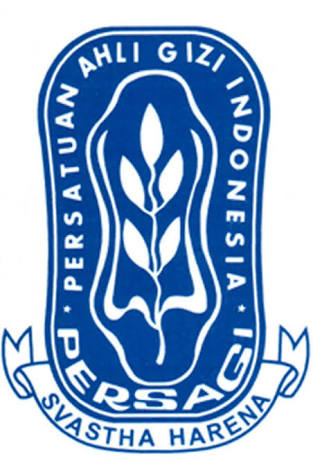The Relationship Between Body Mass Index with Body Fat Percentage of Participants EXPO 2021 Universitas Teuku Umar
Abstract
Full Text:
PDFReferences
Akindele, M. O., Phillips, J. S., & Igumbo, E. U. (2016 ). The Relationship Between Body Fat Percentage and Body Mass Index in Overweight and Obese Individuals in an Urban African Setting. J Public Health Afr, 7(1), 515. doi: 10.4081/jphia.2016.515.
Gibson, R. S. (2005). Principles of nutritional assessment (2nd ed). : Modison Avenue: Oxford University Press.
Handayani, M. S., Cesilia, M. D., Hadi, R. . (2013). Hubungan Komposisi Tubuh dan Status Gizi Dengan Perkembangan Seksual Pada Remaja Putri di Perkotaan dan Perdesaan. Jurnal Gizi dan Pangan, 8(3), 181–186.
Meeuwsen S, H. G., Elia M. . (2010). The Relationship Between BMI and Percent Body Fat, Measured by Bioelectrical Impedance, In A Large Adult Sample is Curvilinear and Influenced By Age and Sex. Clin Nutr, 29(5), 560-566. doi: 10.1016/j.clnu.2009.12.011.
Mills, T. C., Gallagher, D., Wang, J., & Heshka, S. (2007). Modelling the Relationship Between Body Fat and the BMI. International Journal of Body Composition Research, 5(2), 73-79.
Nafilah Nafilah, & Fitranti, D. Y. Hubungan Indeks Massa Tubuh (IMT), Persen Lemak Tubuh, Asupan Zat Gizi dan Aktivitas Fisik Dengan Kepadatan. . di : http://ejournal-s1.undip.ac.id/index.php/jnc.
Naval K. Vikram, Ahmad Nawid Latifi, Anoop Misra, Kalpana Luthra, Surya Prakash Bhatt, Randeep Guleria, a., & Pandey., R. M. (2016). Waist-to-Height Ratio Compared to Standard Obesity Measures as Predictor of Cardiometabolic Risk Factors in Asian Indians in North India. METABOLIC SYNDROME AND RELATED DISORDERS. Mary Ann Liebert, Inc., XX(XX), 1–8. doi: 10.1089/met.2016.0041.
P Misra, A K Singh, S Archana, A Lohiya, & Kant., S. (2019). Relationship Between Body Mass Index and Percentage of Body Fat, Estimated by Bio-Electrical Impedance Among Adult Females in A Rural Community of North India: A Cross-Sectional Study. J Postgrad Med, 65(13), 134-140. doi: 10.4103/jpgm.JPGM_218_18.
Ranasinghe, C., Gamage, P., Katulanda, P., Andraweera, N., & Tharanga, S. T. a. P. (2013). Relationship Between Body Mass Index (BMI) and Body Fat Percentage, Estimated By Bioelectrical Impedance, In A Group Of Sri Lankan Adults: A Cross Sectional Study. BMC Public Health, 13(797). doi: 10.1186/1471-2458-13-797
Ranasinghe, C., Gamage, P., Katulanda, P., Andraweera, N., & Tharanga, S. T. a. P. (2013). Relationship Between Body Mass Index (BMI) and Body Fat Percentage, Estimated By Bioelectrical Impedance, In A Group Of Sri Lankan Adults: A Cross Sectional Study. BMC Public Health, 13(797). doi: 10.1186/1471-2458-13-797.
Truter L, P. A., Du Toit D. (2010). Relationships Between Overweight, Obesity and Physical Fitness of Nine to Twelve-Year-Old South African Children. SA Fam Pract, 52(3), 227-233.
Wiknjosastro, H. (2005). Ilmu kebidanan (3rd Ed ed.). Jakarta: Yayasan Bina Pustaka Sarwono Prawirohardjo.
DOI: https://doi.org/10.35308/jns.v2i2.3567
Refbacks
- There are currently no refbacks.
Managed by Department of Nutrition, Faculty of Public Health
Published by Universitas Teuku Umar ,
Website: http://jurnal.utu.ac.id/JNS/index
Email: jns@utu.ac.id
Phone/Fax: +62-852-7736-5563; E-mail:
This work is licensed under a Creative Commons Attribution-ShareAlike 4.0 International License.














